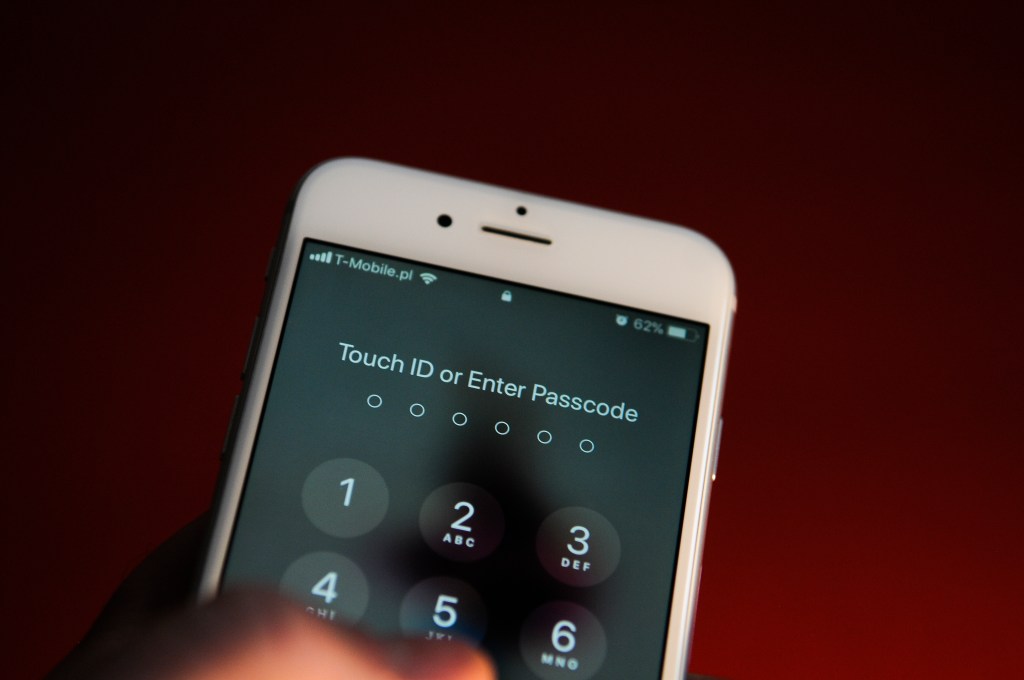In the midst of escalating trade tensions between the United States and China, the Chinese e-commerce platform DHgate has experienced a remarkable surge in popularity among American consumers. This development underscores the complex interplay between global trade policies and consumer behavior in the digital age.
The Trade War’s Digital Ripple Effect
The ongoing trade dispute, marked by the U.S. government’s decision to impose a 145% increase in tariffs on Chinese imports, has had far-reaching consequences beyond traditional economic metrics. One unexpected outcome has been the viral dissemination of information on social media platforms, particularly TikTok, where Chinese manufacturers have taken to sharing insights about the origins of luxury goods. These revelations have illuminated the fact that many high-end products, often perceived as European, are actually produced in Chinese factories before being branded elsewhere.
DHgate’s Meteoric Rise
Amid this backdrop, DHgate, a Chinese wholesale marketplace, has ascended rapidly in the U.S. App Store rankings. Data from Appfigures indicates that the app catapulted from the 352nd position among non-game free iPhone apps on April 11 to the 3rd position by April 14. This surge reflects a growing consumer interest in accessing products directly from manufacturers, potentially bypassing traditional retail channels.
Understanding DHgate’s Appeal
Founded in 2004, DHgate serves as a bridge connecting businesses and consumers to a vast network of suppliers and manufacturers, primarily in China. The platform boasts an inventory exceeding 30 million products across diverse categories, including electronics, apparel, jewelry, and health and beauty items. This extensive selection, combined with competitive pricing, has made DHgate an attractive option for consumers seeking alternatives to conventional retail outlets.
The Role of Social Media in Consumer Awareness
The platform’s recent popularity surge can be largely attributed to viral content on TikTok. Chinese manufacturers have utilized the platform to disclose the manufacturing processes of luxury goods, revealing that many items perceived as European are, in fact, produced in China. This transparency has resonated with consumers, leading them to explore platforms like DHgate for more direct purchasing options.
Navigating the Authenticity Landscape
While DHgate offers access to a wide array of products, consumers should exercise caution regarding product authenticity. The platform features both original manufacturers and producers of imitation goods, commonly referred to as dupes. Distinguishing between genuine and counterfeit items can be challenging. Online communities, such as the r/DHgate subreddit, have emerged to assist consumers in making informed purchasing decisions by sharing experiences and recommendations.
Implications for Global Trade and Consumer Behavior
DHgate’s ascent in the U.S. market highlights the intricate relationship between international trade policies and consumer behavior. As tariffs and trade barriers reshape traditional supply chains, consumers are increasingly turning to digital platforms to access products directly from manufacturers. This shift not only challenges established retail models but also raises questions about product authenticity, quality control, and the ethical considerations of bypassing traditional distribution channels.
Looking Ahead
The trajectory of DHgate’s popularity in the U.S. serves as a case study in the evolving dynamics of global commerce. As trade tensions persist, it remains to be seen how platforms like DHgate will adapt to regulatory changes and consumer demands. Additionally, the role of social media in shaping consumer perceptions and behaviors continues to grow, suggesting that transparency and direct communication between manufacturers and consumers may become increasingly important in the future of retail.



